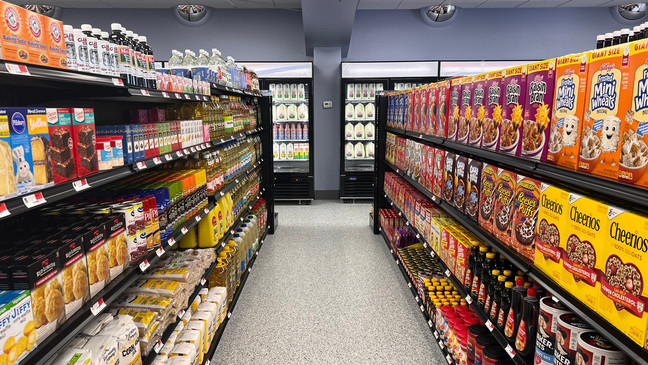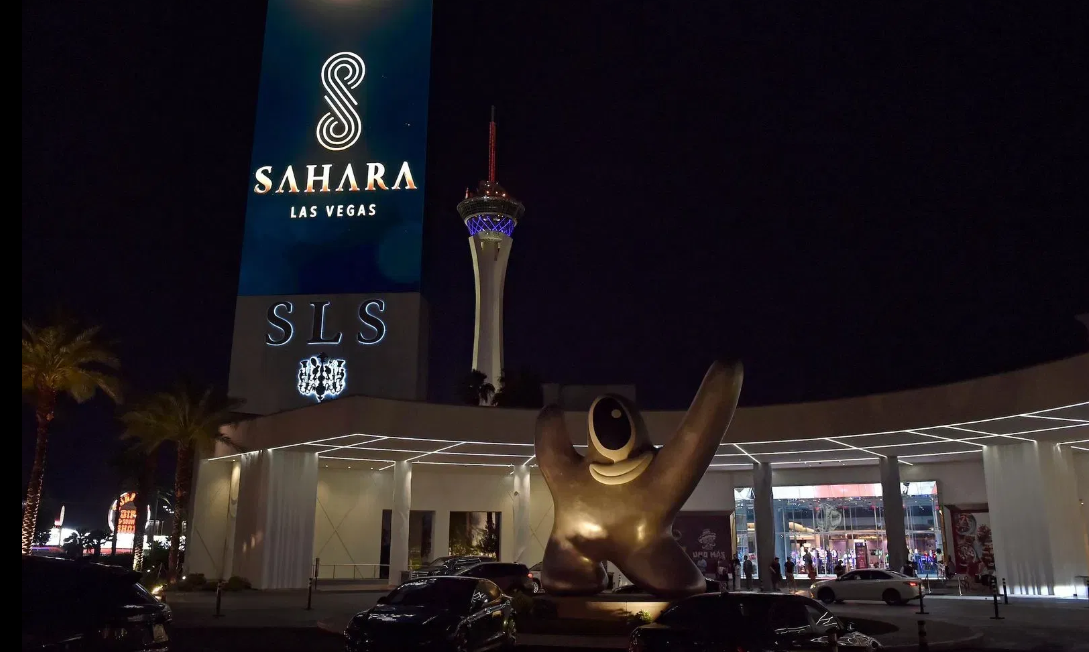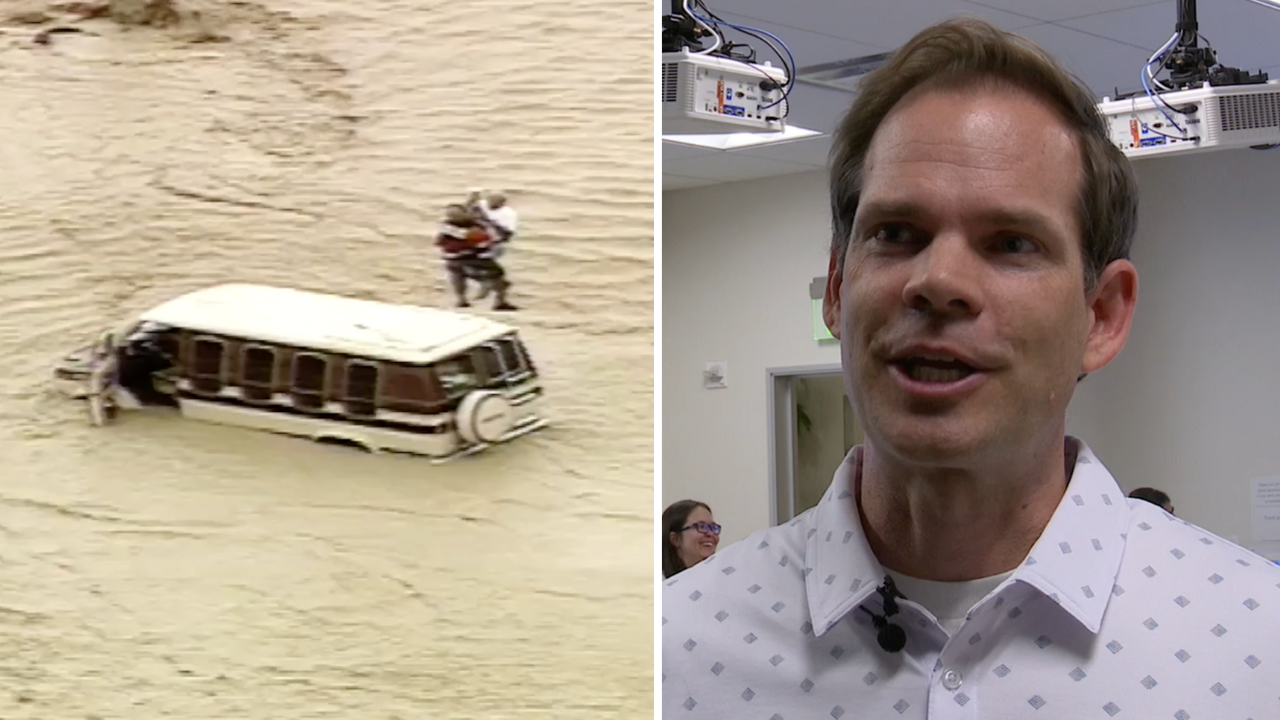Can Las Vegas bridge the gap? New grocery stores take on food desert challenge

A city of contrasts: Entertainment capital faces food access crisis
Las Vegas continues to battle a stark reality behind its glittering facade – significant portions of the valley remain food deserts where residents struggle to access fresh, affordable groceries. While the city experiences rapid growth and attracts new grocery chains, these expansions have yet to solve the persistent problem of food insecurity affecting thousands of valley residents.
Recent data paints a concerning picture: Clark County reports a 15% food insecurity rate, with one in six individuals in our community facing hunger and one in five are kids. The situation has worsened since the pandemic, creating what experts call a perfect storm of rising prices, limited access, and economic hardship.
Understanding Las Vegas food deserts
If a desert is a place where water is hard to find, a food desert is an area where healthy food is hard to come by. In Clark County, these areas share common characteristics that make grocery shopping a significant challenge for residents.
The nonprofit Three Square, which serves Lincoln, Nye, Esmeralda and Clark counties, has identified 16 food deserts across Clark County, with 10 located within Las Vegas city limits. Their expanded definition includes families without personal vehicles who live at least half a mile from fresh food providers – a crucial consideration in a sprawling metropolitan area with limited public transit options.
Zip codes that are considered to be ‘food insecure’ are bolded in black on the map recently released by the Southern Nevada Food Council, which also highlights RTC bus routes to help residents navigate to food resources.
Recent grocery expansion: Progress but not a panacea
The spring of 2025 has brought a wave of new grocery options to the valley. In April, the highly anticipated H Mart opened its first Las Vegas location at Decatur and Sahara, bringing Asian grocery options to Spring Valley. The same day, discount chain Aldi launched two stores in Henderson and North Las Vegas, with additional locations following shortly after.
Two more Las Vegas Valley Grocery Outlets have announced opening dates. The stores at 45 N. Nellis Blvd. and 1435 W. Craig Road will celebrate grand openings on May 29, marking the chain’s fourth and fifth local stores. These discount grocers specifically target underserved communities with their business model.
Whole Foods made headlines by relocating from Charleston Boulevard into Downtown Summerlin proper, though this move primarily serves affluent areas rather than food deserts. Meanwhile, local favorite La Bonita plans to open its eighth location in a former Kmart building on East Bonanza Road, specifically targeting the area’s 70% Latino population.
Downtown’s ongoing struggle
Despite being a high-traffic area with rapidly progressing residential developments, Downtown Las Vegas remains particularly underserved. Mayor Shelley Berkley announced plans for a grocery store at Symphony Park as part of the luxury Cello Tower development, but this project remains years away and may not serve all area residents’ needs.
Clark County Commissioner Marilyn Kirkpatrick said big box stores don’t really work in these areas, but markets that meet the needs of the community makes sense. The challenge lies in making the numbers work for grocers in areas with lower income demographics or insufficient residential density.
Community solutions beyond traditional retail
While waiting for permanent grocery solutions, organizations are stepping up with innovative approaches. The Obodo Collective, an important urban farm and grocery located in Las Vegas’s Historic Westside, is facing financial uncertainty despite its important role in addressing food insecurity. Over five years, this urban farm has distributed over 2,000 pounds of fresh produce directly to families in one of the city’s most underserved areas.
“Groceries on the Go” brings fresh food to those who need it most, with programs delivering directly to apartment complexes in food desert areas. The Just One Project provides an estimated 600,000 pounds of groceries monthly to families across the valley.
Three Square continues its crucial work through food rescue programs, partnering with grocers to collect unsold products and distribute them through nonprofit and faith-based organizations. The food bank also works with Strip properties to rescue surplus prepared foods from conventions and banquets.
Looking forward: Challenges and opportunities
The path forward requires continued collaboration between government, nonprofits, and private enterprise. Food insecurity has really become a worsening issue, especially since the pandemic. We’ve become a really food insecure state, notes Dr. Sabina Malik of the Southern Nevada Food Council.
The 2025 Healthy Food Access Map represents a step forward, providing residents with a comprehensive tool to locate grocery stores, food pantries, farmers markets, and free meal sites. The map’s integration with RTC bus routes acknowledges the transportation challenges many face when accessing food resources.
As Las Vegas continues its rapid growth – with projections showing 450,000 new residents over the next decade – addressing food access becomes increasingly critical. While new grocery stores provide welcome options, true solutions must consider affordability, transportation, and the specific needs of underserved communities.
The recent surge in grocery store openings offers hope, but bridging the gap requires sustained effort from all sectors. Until then, organizations like Three Square, the Obodo Collective, and others remain vital lifelines for thousands of valley residents navigating daily food insecurity in America’s entertainment capital.
Category: Local News
Subcategory: Community Impact
Date: 07/10/2025




